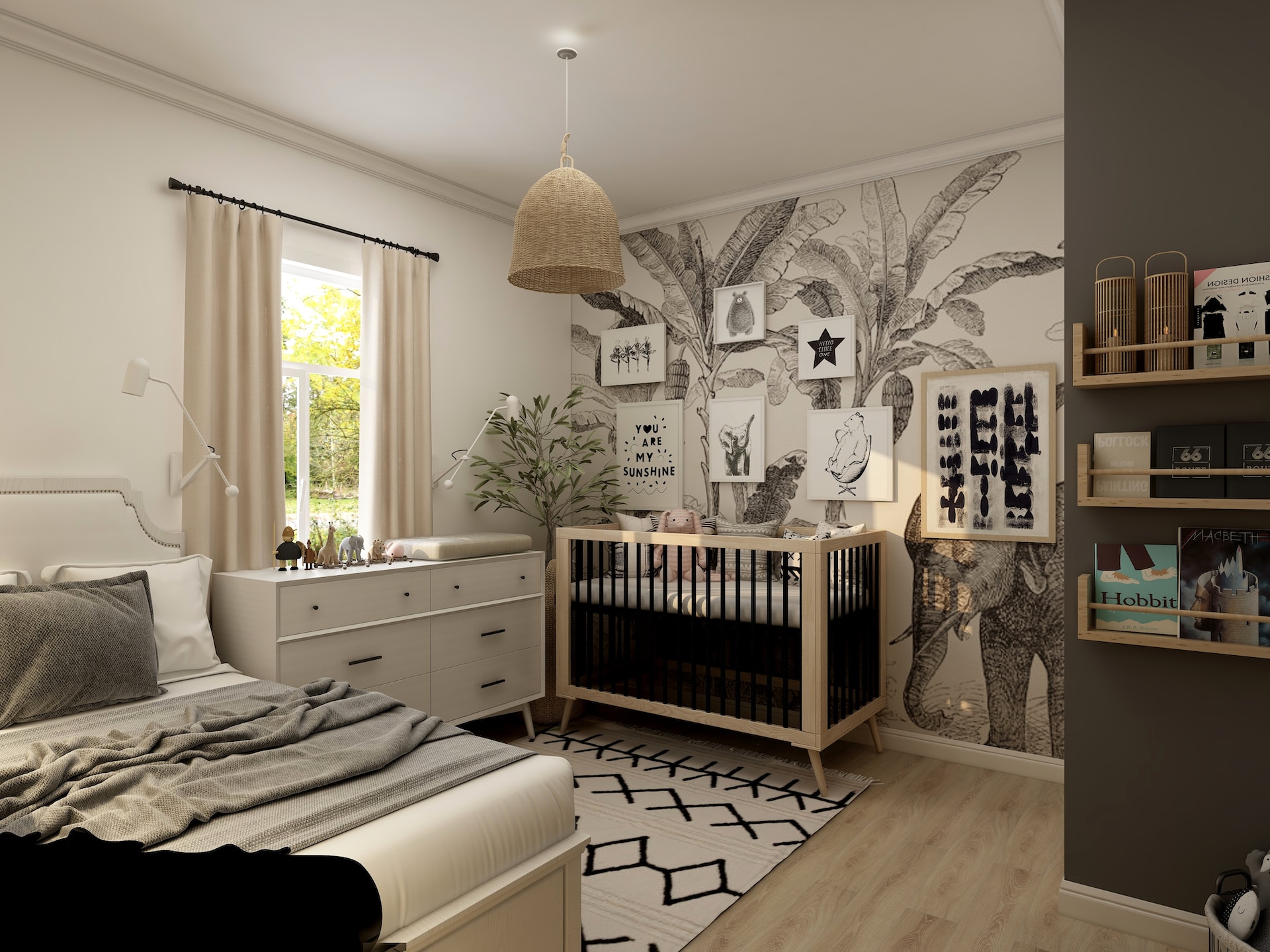Planning to redesign the interior of your home can involve a countless amount of projects. Whether you decide to DIY your interior design or hire a professional, creating a schedule to keep all tasks and costs on track will save you time and money in the long run. Staying organized with your interior design project will ensure that your remodel stays on schedule as it will contain details regarding materials, payments, and labor. Your interior design schedule is more than just a timeline, it is a guideline to all included in the entirety of your project.
Before you develop a schedule, it’s important to recognize the benefits of your interior design project that will be the end result. Whether you are adding wallpaper to your kitchen or installing tile flooring in your master bathroom, an interior design project can be a significant investment in your home. A remodel always has the chance to increase the value of your home, which can be beneficial personally, as well as if you’re planning to sell your home in the future. When deciding what to include in your interior design schedule, consider the following factors to make sure it is completed on time.
Develop a budget
How much you’re willing to spend on your interior design project will directly impact the project’s duration. Your interior design budget will include various aspects from the cost of materials, to labor fees from hiring a professional. Using more expensive materials, upscale decor items, and costly cabinetry can add to both your budget and your timeline. Paying for an interior designer to complete your redesign for you, may seem like an expensive route to take, but it can end up saving you money. There are a few different types of charging methods that your interior designer may require:
Hourly charge – Some professionals will charge by the hour, which varies greatly upon where you live, the seniority of the designer and the scope of the project. Prices can be an average of about $100 per hour.
Flat rate fee – Other designers may require a flat fee payment, which is when a fee is paid depending on the scope of work. The schedule for payments can be broken down by specific projects within the whole redesign.
Cost-plus fee – This kind of payment is a percentage fee based on the total cost of the project, including the materials (furniture, light fixtures, flooring) and the cost of labor.
If you choose to work with an interior designer, make sure to factor in which payment method will be used for your project and layout payment dates into your schedule to ensure you don’t fall behind on charges. Create your budget after you’ve considered all of the options for your remodel and type of payment, but most importantly try to give yourself enough wiggle room to compensate for any unforeseen expenses that may arise. This will keep you on schedule by being prepared for unexpected costs that would potentially cause delays in your project.
Choose the right materials
If you decide to incorporate specialty materials into your interior design project, it’s likely that your project will take longer to complete. Expensive materials often need to be shipped from distant locations rather than bought at your local home improvement store, and require special handling, demanding the work of a highly skilled technician to install. If you can’t afford a rush order for your desired materials, you may find yourself waiting days or weeks for your materials to arrive. On the other hand, completing a remodel on a tight budget can also negatively impact your project’s timeline. If you need to shop around for good deals or wait for products to be shipped from far-away locations because they’re cheaper, you may find your remodel to be completed behind schedule. However, if you choose to use standard materials that can be purchased at a local home improvement store for your project, you will likely be able to acquire and install the materials more quickly. Your interior designer will know the best local places to buy the supplies you need and can help you efficiently manage the process of acquiring proper materials while abiding by your timeline.
Access required permits
Many interior design projects, especially those that involve removing walls or renovating the structure of your home, require you to obtain a permit from your local licensing agency before beginning the project. Depending on the type of permit, it may take days or weeks to acquire, so make sure you plan ahead to avoid running into unwanted delays. Your interior designer should know which permits your project requires and work with you to get them. In the future, this will save you time and money, as improperly recorded or unlicensed renovations can result in fees for you and hits to your home’s resale value.
Plan around busy seasons and holidays
If you schedule your design project during your interior designer’s busy season, it may take longer to complete. During the months leading up to the winter holidays and the summer months, your designer will likely be juggling many projects and have to split his or her time between your project and other clients. Ask your designer when his or her busiest work season is before you schedule your remodel and he or she should be able to tell you right off the bat if your project may take a backseat to another, due to scheduling conflicts. If your design project is scheduled to take place during any holidays, be sure to ask your designer’s plan to handle his or her work schedule. If your professional doesn’t plan to work on holidays, it could put your project behind schedule.
Start side projects
You can save time and money, by opting to do small side projects on your own. If you feel confident in your skills and don’t want to rely entirely on your designer, consider taking on easy DIY projects such as hanging curtains or painting a refurbished end table. Your designer will be able to concentrate on the major aspects of the remodel, and you can feel accomplished knowing you directly contributed to your home’s improvement, while adding a personal touch of your own design and style.
Top Image Credit: Tiek Built Homes




